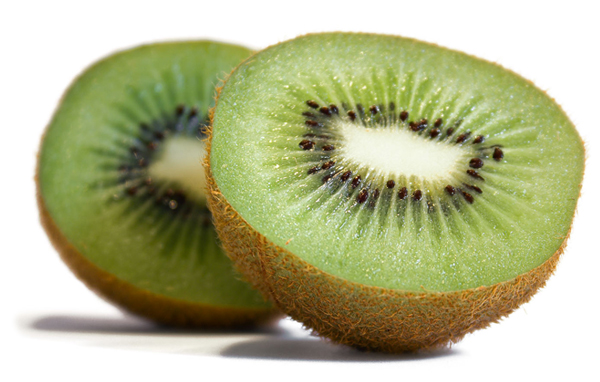The Benefits of Kiwi Fruit and is it Really Good for our Digestive System?

The exotic fruit was discovered in China and was later brought to New Zealand over 100 years. With its fuzzy exterior and sour/sweet interior, the kiwi fruit has become very popular in all parts of the world. It is commonly used in making smoothies and tropical drinks. However this fruit has many health benefits other than having an amazing taste.
Instructions
-
1
The kiwi fruit is bursting with vitamin c which is very vital for our immune system. Some white cells such e.g. T-cells need help from vitamin c in order to carry their role to fight infection.
-
2
Vitamin C is also a strong antioxidant. Oxidative stress puts our cell under pressure and vitamin c protects the cells from damage. Vitamin C also helps the body to absorb iron. So if you suffer from anaemia- you should increase your daily dosage of vitamin C!
-
3
However for those who struggle to open their bowels and are sick of taking laxative, is kiwi also good for your digestion? As I mentioned before, kiwi contains a lot of vitamin C. A kiwi fruit is equivalent to 2 lemons. We now know that the kiwi is really good for us. Well vitamin C is not naturally produced in the body and we rely on our diet in order to get our daily recommended dose. However when we have more than the daily dose, our body doesn’t store the vitamin C and excretes the excess amount. During this process, the body produces a laxative effect to get rid of the vitamin c. However if your diet is poor, this laxative effect doesn’t work properly. So in order to feel the full effect, portion of vegetables and other fruits are recommended. To also get a better result, eat roughly 6 portions of kiwi. Straight after that, drink a large glass of warm water. This speeds up the metabolism! Also warm water helps break down food and washes toxin out of the body, keeping our insides clean from all the build-ups caused by constipation.
-
4
There are debates whether the exterior skin of the kiwi should be eaten. There have been studies that have suggested that the nutrients of the kiwi are normally found on the inner part of the skin. The skin contains antioxidants, fibres and flavonoids which are all essential for us, so it makes sense that it belongs inside our body. Some people might not like the taste and peel it off before eating it. You can also cut it in half and eat the middle with a spoon. Most supermarkets that sell kiwi fruits use pesticide and other spray, so wash thoroughly before eating. There are two types of kiwi, the green and gold one. The gold kiwi has a thinner layer and is easier to eat. The green one is fuzzier and best served peeled and sliced in discs. The green one is also more easily available in supermarkets and cheaper.



